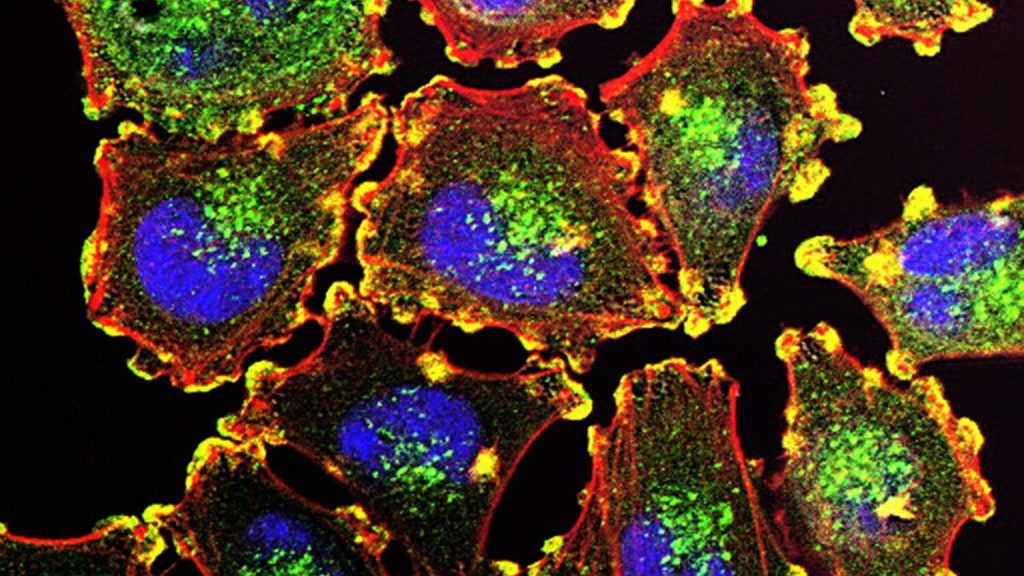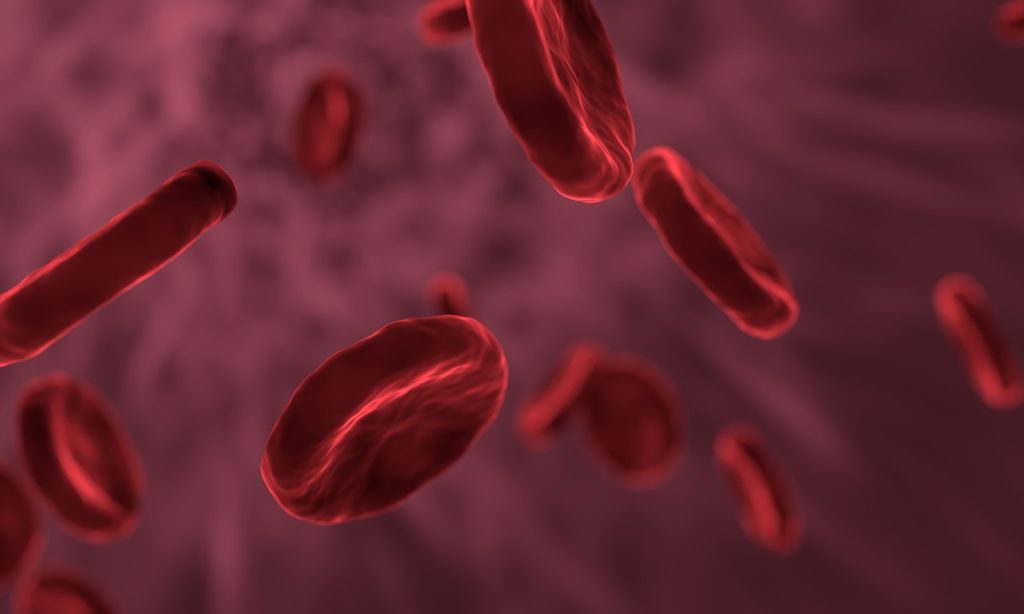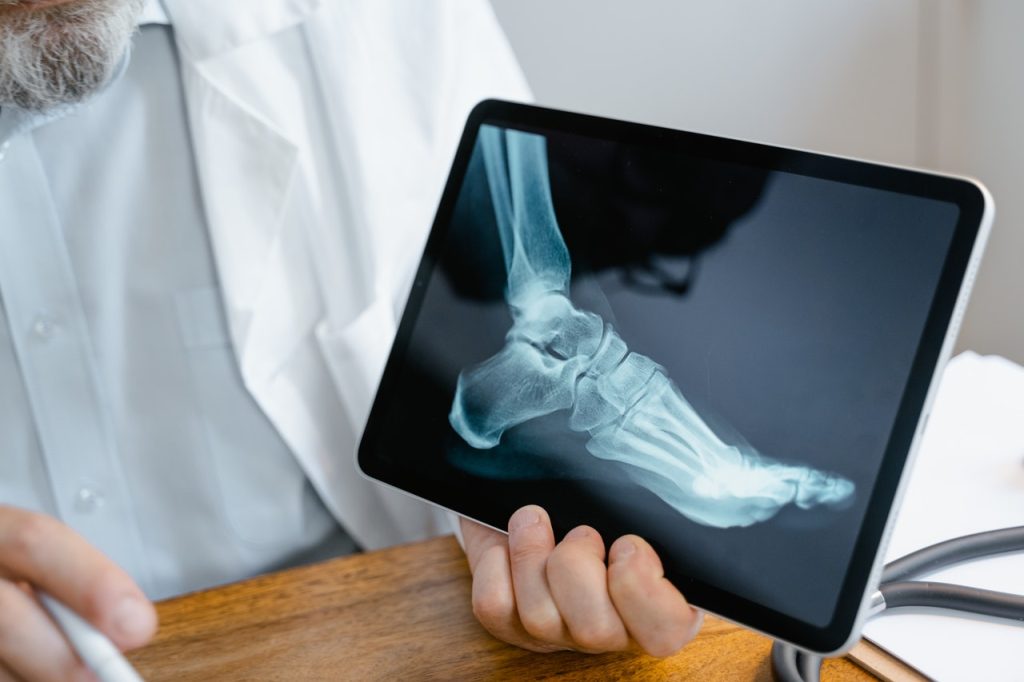Completion Lymph Node Dissection Shows no Benefit in Advanced Melanoma

A review of data, published in Annals of Surgical Oncology, shows that completion lymph node dissection surgery for patients with stage III melanoma confers no benefit. This is especially true given that immunotherapy has shown success in treating metastases.
For years, surgery for patients with stage III melanoma, where the cancer had metastasised into lymph nodes, involved removing them along with the primary tumour. Known as completion lymph node dissection (CLND), the surgery was meant to ensure that no cancer remained after surgery.
More recently, however, cancer surgeons have discovered that CLND has the potential to cause more problems than it solves. In most cases, patients do better on immunotherapy alone than they do when their surgery involves removal of the lymph nodes, due to potential complications from lymph node surgery.
To address this, researchers reviewed their patient data to determine if immunotherapy alone resulted in better outcomes than CLND.
“In the few years prior to immunotherapy being available, some surgical trials were done asking if regional node dissection by itself improves overall survival for the patients,” said Martin McCarter, MD, a professor of surgical oncology at the University of Colorado (CU). “And the answer came back: no, it did not improve survival. That had been the standard forever, because we didn’t have other effective therapies, but once the definitive trials were done, we learned that CLND wasn’t helping, it wasn’t improving survival. Subsequent trials demonstrated that immunotherapy can improve survival in metastatic melanoma.”
For the study, the researchers looked at data on 90 patients who underwent sentinel lymph node biopsy (a procedure to determine if a skin melanoma has spread microscopically) only for stage III melanoma but did not undergo CLND. Of those patients, 56 received immunotherapy and 34 did not. Those who received immunotherapy had better rates of distant metastasis-free survival, meaning their cancer was less likely to come back.
“As treatments for melanoma have evolved, the standard of care may be evolving as well,” Prof McCarter said. “This study took a look at the patients who had a sentinel lymph node biopsy, so we knew the patient had a positive melanoma metastasis to their regional node. Those folks historically used to go on and get the completion lymph node dissection, but recently, people started to forego doing that lymph node dissection, which did not improve survival, and instead moved directly to immunotherapy, which did improve survival in other clinical trials. We proved that this is acceptable, that we’re not causing more harm to patients by doing it, and that those who do go on to get the immunotherapy seem to benefit from it.”
Forgoing CLND is part of a recent movement in cancer treatment known as de-escalation (or de-implementation) — performing only absolutely needed surgery. It’s especially important when it comes to lymph node surgery, Prof McCarter said, as in addition to the usual surgical risks, CLND has a 20% to 30% risk of permanent lymphoedema.
“If you could avoid that complication and not compromise a patient’s survival, that would be beneficial,” McCarter said. “That’s what we guessed was happening outside of definitive clinical trial evidence, and that’s what we were able to show. We know that we often overtreat patients, and this fits in that paradigm of finding ways to de-escalate unnecessary therapies, which has been done in breast cancer and other cancers as well.”
The researchers hope the findings will sway surgeons for whom CLND is still routine, despite the earlier studies showing that the additional surgery was not improving survival.
“Previous clinical trials with the use of adjuvant immunotherapy for melanoma had required a CLND,” Prof McCarter explained. “This study used real-world data from our stage III melanoma patients who were treated with immunotherapy without having a prior CLND.
“It takes years to change people’s practice patterns. I still have conversations with community surgeons who treat melanoma, asking me, ‘Should I be doing these regional node dissections?’ even though this data has been out for five to 10 years now,” Prof McCarter continued. “They’re afraid to give up what they used to do, and they’re afraid that they are doing a disservice to the patients or not giving them the best chance, when in reality, our understanding of cancer biology has evolved. We now have effective immunotherapy, which is overcoming some of the limitations of surgery while improving outcomes.”
Source: University of Colorado





